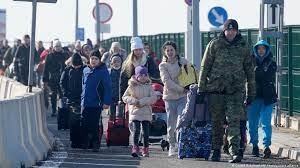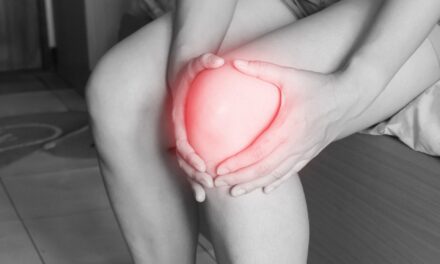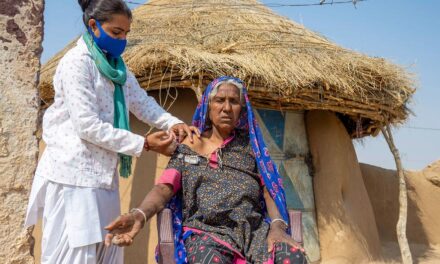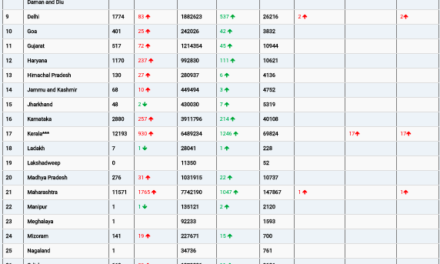Read Time:3 Minute, 19 Second
WHO Europe News release
According to UNHCR, the UN refugee agency, over 10 million border crossings from Ukraine to the European Union (EU) took place from late February until mid-August. In the same period, there were also over 4 million crossings the other way, from the EU into Ukraine – the majority being refugees returning home.
“A lot of the refugees are women, at around sixty to sixty-five years of age, and they can’t find any work here,” says Viktoriya, a 25-year-old Ukrainian doctor volunteering in a temporary clinic located in an old railway hall at Kraków’s central station. “They are deciding to go back to Ukraine even if their cities are being bombed. Many of them have left their houses or farms. They have something there, but here they have nothing. Many of them are really stressed.”
The clinic offers free medical support to Ukrainian refugees in need, mainly women, children and a number of people with disabilities. Many seek help for minor ailments such as headaches and general pain, but the clinic also receives patients with more complicated pathologies such as psychological problems, physical disabilities and chronic illnesses. Those patients are then referred to more specialist services. However, due to a decrease in the number of people seeking care at the clinic over the last few months, it will soon terminate its services.
Predicting needs for autumn and winter
Viktoriya thinks it’s hard to predict how the situation will develop with autumn and winter approaching. But should there be new waves of refugees, Viktoriya fears that the reception might be less enthusiastic than the initial response, and laments that people in the host countries are losing interest in the war. “People are getting tired and are trying to live their lives as before, and I can understand this. But sometimes I’m asked if there is still war in Ukraine. I follow the news and know how many people are dying every day, so I’m shocked to hear that question,” she says.
Next to the clinic is a 100-bed shelter set up to provide temporary refuge to Ukrainian refugees. Huddling in one of the beds is Anna, an 82-year-old from central Ukraine, not far from Kyiv. She was admitted here after collapsing on the hard marble floor inside the main train station. Disoriented and confused, with a big bandage on her face, she is now waiting for a medical transport to take her back to Ukraine, where she will be taken care of by family members.
“I don’t know how she got here to Kraków, because she has difficulty walking. She can’t even tell in which city she is. She has no one here who would care for her. I really worry for her if she stays here. It’s only a temporary place. There’s no privacy or anything,” explains Viktoriya, visibly emotional.
“Going back to a country where a war is raging is of course a very hard decision for most people,” says Heather Papowitz, Incident Manager for WHO’s Ukraine response. “But many have fled their homes in a hurry, leaving behind personal belongings and loved ones. There can be many reasons for people needing to return, at least temporarily. But with the cold winter months approaching and a war that is not likely to end anytime soon, we need to be prepared for new waves of refugees in Europe. Health systems need to maintain their ability to cope with new arrivals of refugees, and make sure that those already in the host countries continue to get the care they need. We cannot afford to let our guard down now.”












